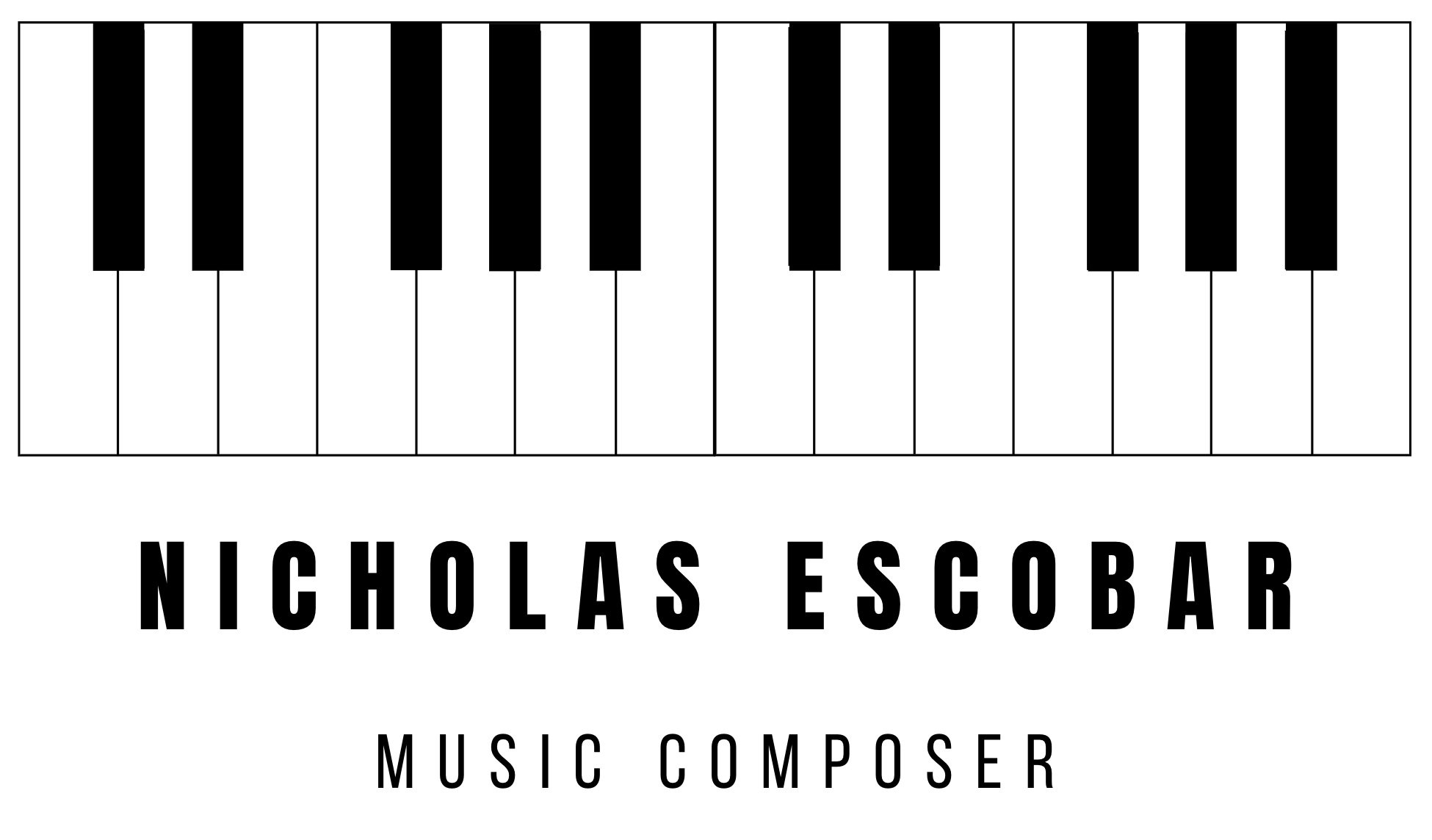My Composing Process: Hosta (2021)
Dear Readers.
Yesterday, May 24th, I was watching Vivre Sa Vie, a brilliant film by Jean Luc Godard. I was captivated by its cinematography. The way the camera revealed and concealed characters. As I was watching the film, I looked out on my family’s yard and thought to myself “I should just film something right now. In the yard. And see what I can make”.
So I did.
Filming and Editing Nature
I spent about 15 minutes walking around my yard, filming largely still shots of various things with my Pixel 3 phone: the front yard from the top of a stone wall, the yard through the grate of a metal chair, low shots from underneath massive hosta plants, hydrangea flowers, etc. I tried to depict interesting perspectives and focused on created shots that felt like abstract modern art pieces.
I then went into iMovie and cut a quick, 1 minute short . It didn’t feel right. It felt a bit amateurish and did not make a lot of sense. I almost abandoned the whole thing, but then I decided to instead try to score to the short anyway.
So I dropped it into Logic X and began composing.
Composing to Recorded Sounds
Very quickly into the composing process, I decided to cut out the film and just work with the recorded audio that my phone picked up while I was filming. This audio included a number of bird calls (we have a very popular bird feeder in our yard). Instead of keeping the raw audio, I added a ton of effects to it: reverb, a bass amplifier, delay, binaural effect. distortion, an eq that favors the high frequencies and cuts out the low ones, and a light compressor.
It ended up sounding like this:
The distorted eq allowed for a drone-like quality to be ever present in the audio. The delay makes the bird calls extend far past what they sounded like in reality. The odd sound at the end is me standing up. It all takes on a completely different feeling with the added effects.
I began to compose directly to this edited audio. I added in soundscape recordings that I did in Maine and London, adding similar effects to the video audio. Blended together they sounded like this:
My Distorted Orchestra
The main instrument in this score is the “Glass 2” Piano Pad from Spitfire Labs. It provides the melodic material and feels like an eerie wind chime. I played it into my computer in just one take and it is entirely improvised.
In addition to that, there is a mixture of original sample instruments of mine, two pianos, and a flautando patch from Spitfire Labs.
I have been experimenting a lot with sample instruments recently. Basically, I can take any one of the sounds that I’ve recorded (like of dog toys, other objects, cars, instruments) and place them into a sampler in Logic X and make a playable instrument out of it.
For example, I recorded my brother Gabriel singing a couple long notes. I fed one of those (with him singing a low G) through a sampler, added delay and an amplifier, and the result is this:
It sounds like a synthesizer, but it is actually the sampled sound of a human voice, played very very low on the keyboard.
Recently, I have also sampled instruments from the Spitfire Studio sound libraries that I have. For example, I took a staccato euphonium patch, played one note of it, added delay, bounced that out as an audio file, fed it through the sampler, and improvised with that instrument. The result is this:
With the added delay and distortion, the euphonium takes on an entirely other quality. It sounds like a groaning, crazed synthesizer.
By sampling recorded instrument, you distance yourself from the original sound source in a really interesting way. This relates directly with what I ended up doing with the film.
Re-Editing
I now had the finalized score. I decided that the best shots in the original edit were of the hostas. Basically I just placed my phone directly into the large plants, and ended up getting really dramatic, abstract, green shots of the stalks. It felt like a different world. So, I went back out and filmed more hosta shots.
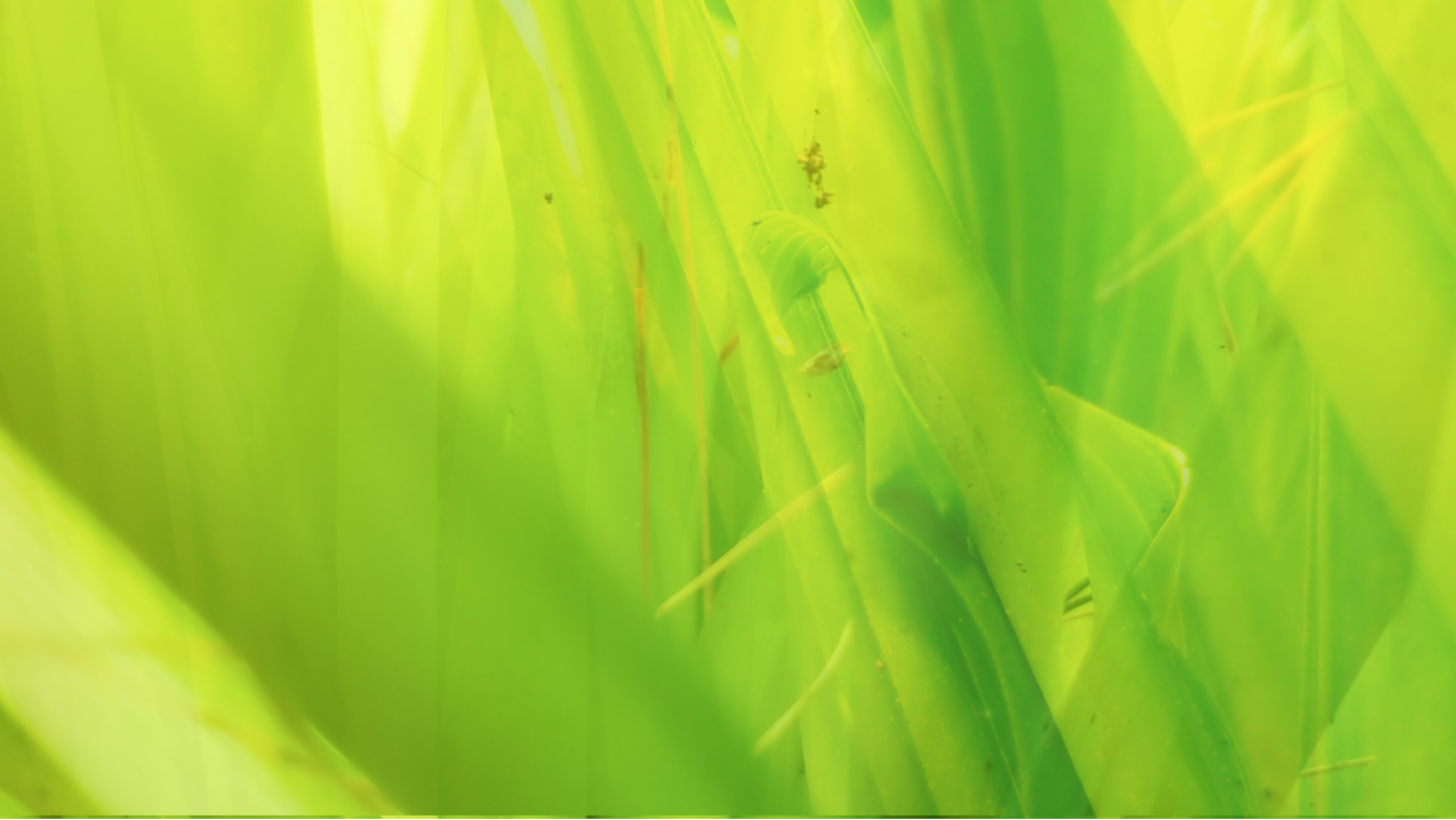
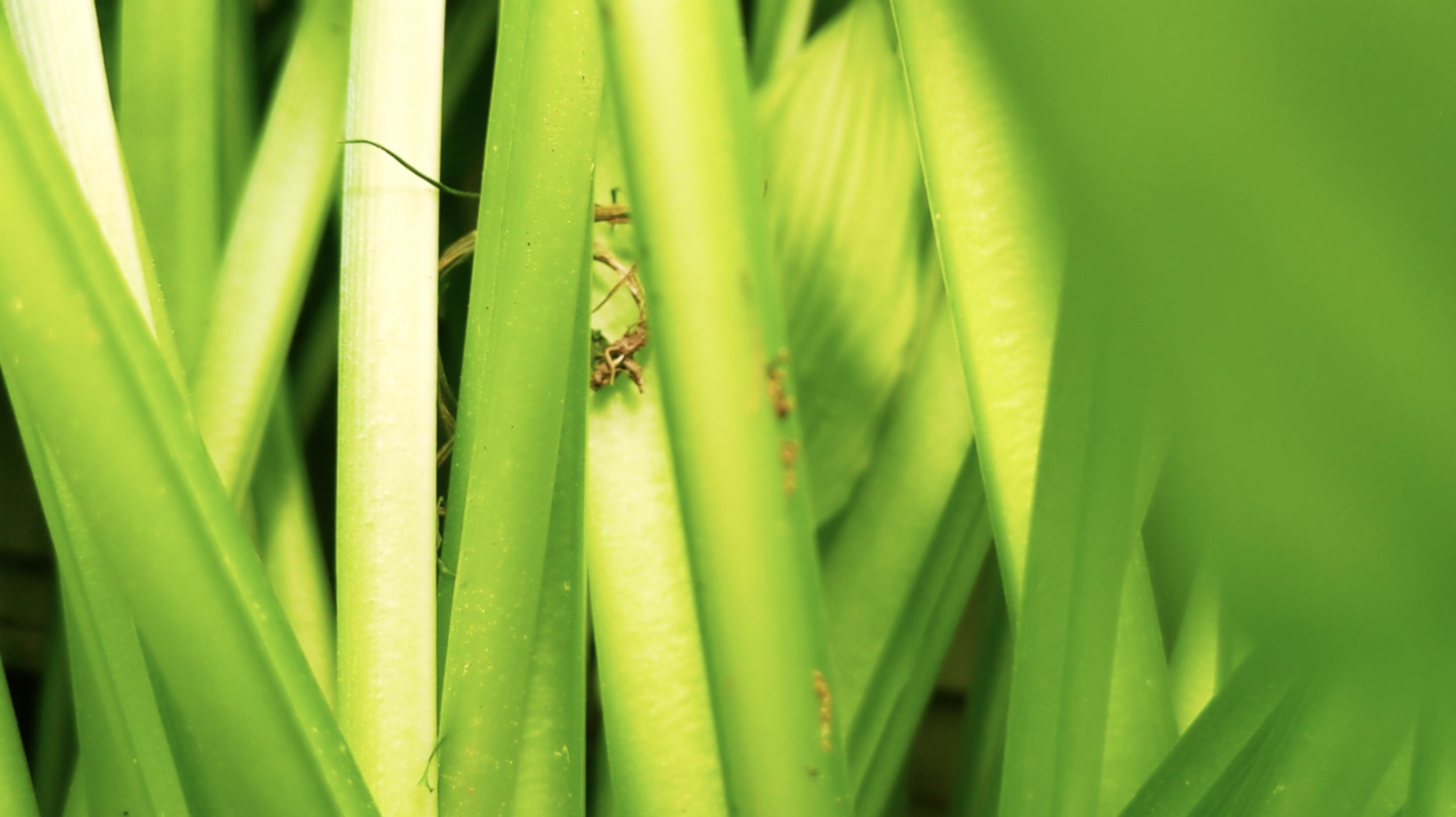
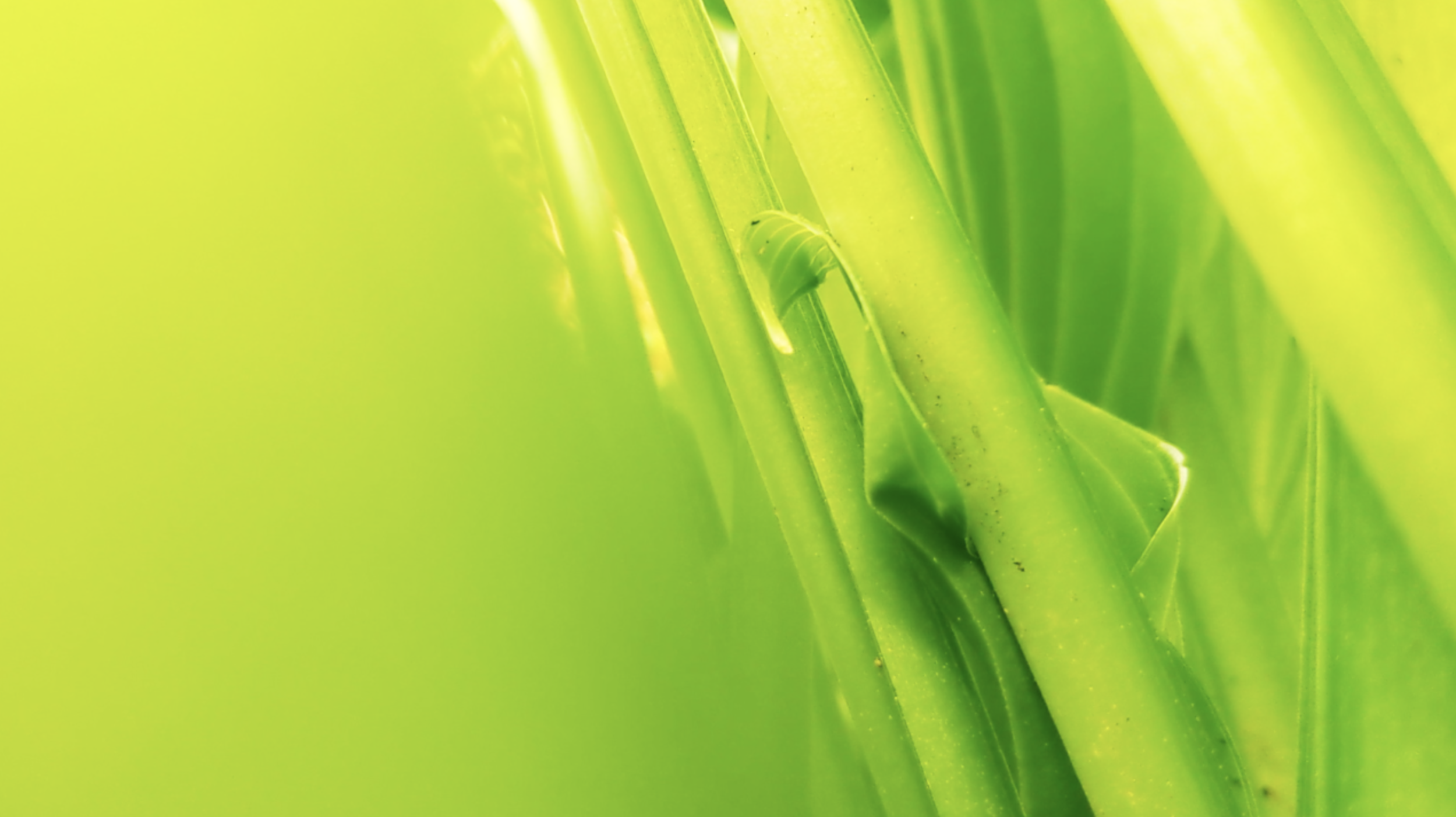
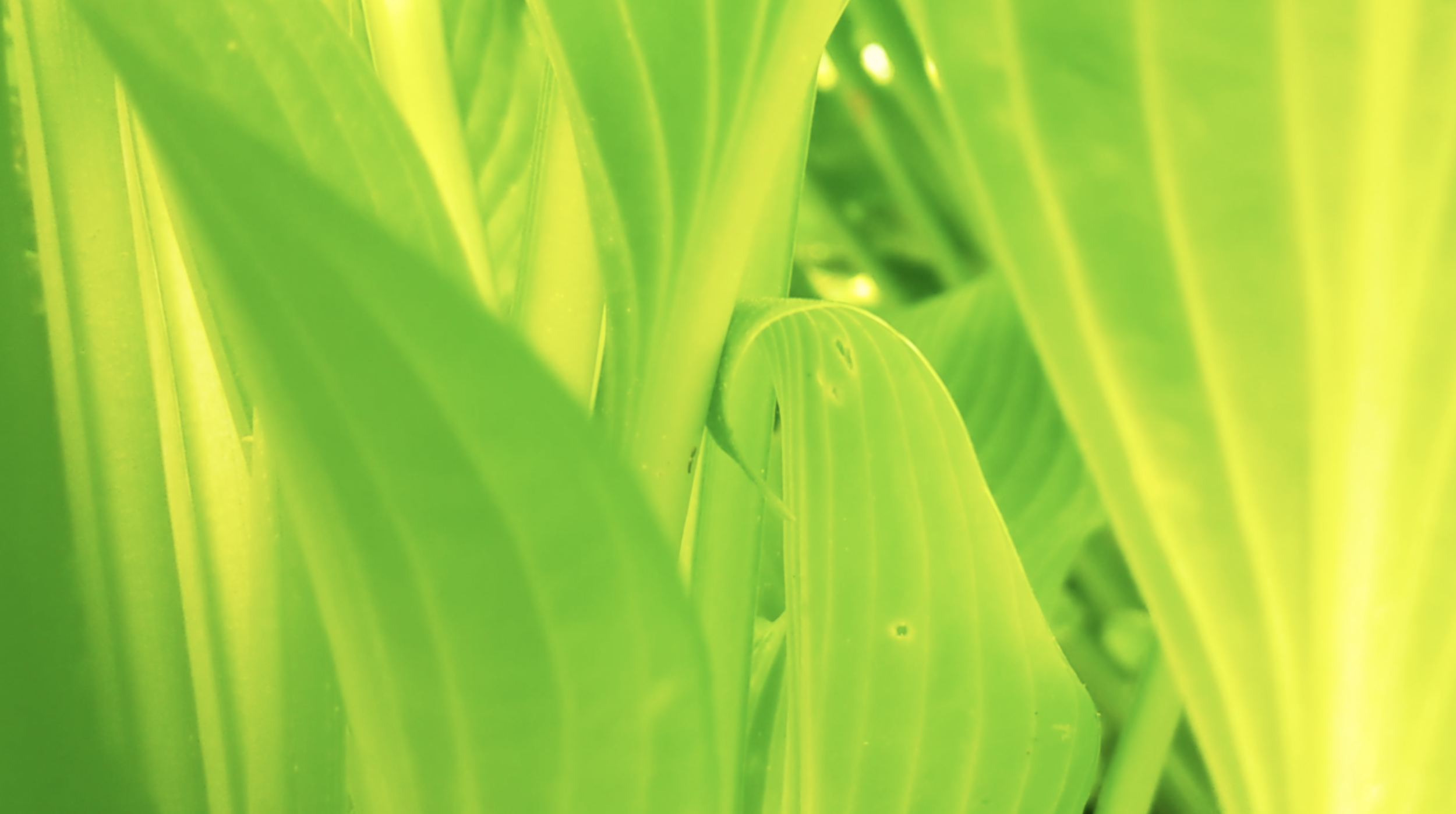
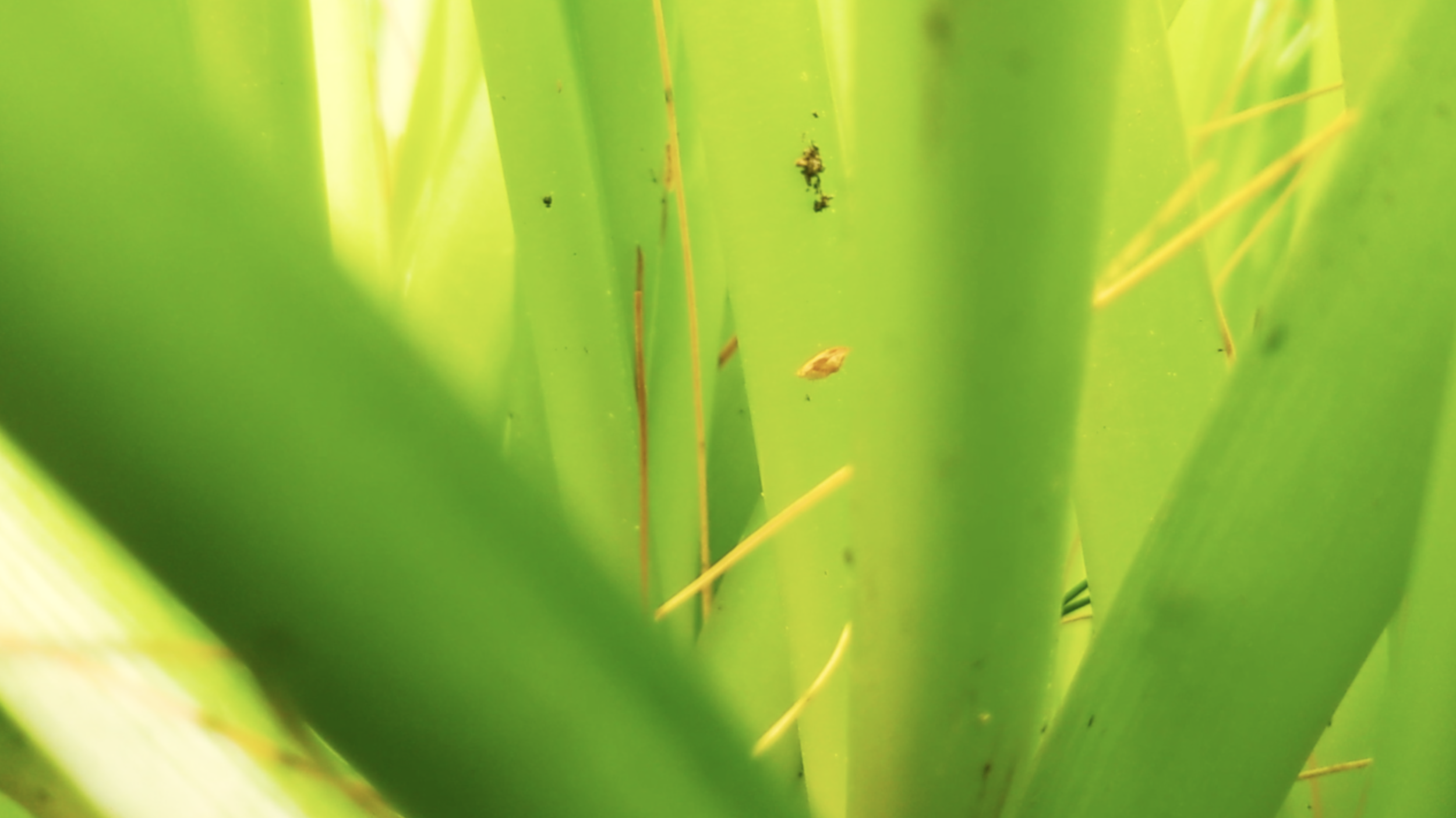
I then took these shots and cut a new short film to my finalized score. The result is a film that takes an ordinary hosta plant, and transforms it into an eerie, distorted world. While editing the film in iMovie, I exaggerated the color, adjusted the saturation and made the plants look even more intensely green. This is a similar act to adding amplifiers and delay to the sounds. It takes something the looks/sounds normal, and makes it entirely new.
Final Thoughts/Conclusions
I want to do more projects like this. It took me only a couple hours to put this whole thing together, and I feel that I got a lot out of the experience. From a musical perspective, this film allowed me to experiment with wild, evolving soundscapes. From a filmmaking perspective, I got to try my hand at cinematography on a small scale. I also really enjoy the editing process, seeing how just cutting a clip by half a second can change how the next shot is perceived.
If you have any questions about my composing process, feel free to email me at nicholasescobarcomposer@gmail.com. As always, thank you very much for reading.
Your’s Musically,
Nicholas Escobar
For the cover of the film/soundtrack, I took a bunch of stills of the hostas, made them opaque and stacked them on top of one another. Then I edited the RGB levels a ton, which distorted the image and made it seem entirely abnormal.
